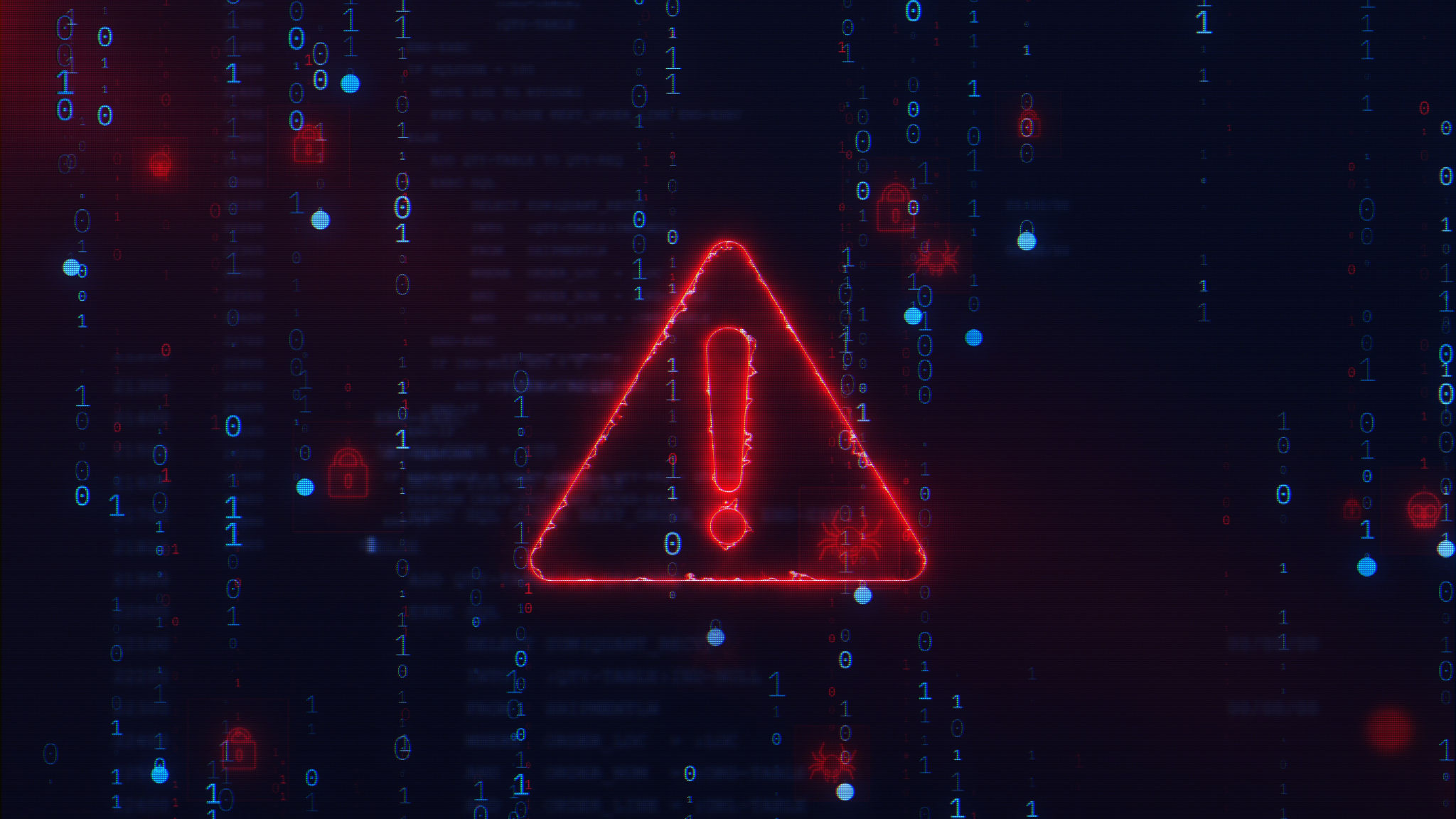How to Prepare Your Business for Seasonal Cybersecurity Threats
Understanding Seasonal Cybersecurity Threats
As the seasons change, so do the tactics and frequency of cyber threats. During peak shopping periods like Black Friday or the holiday season, businesses often face increased risks from cybercriminals looking to exploit heightened online activity. It's crucial for businesses to recognize these seasonal patterns and prepare accordingly to protect their assets and customer data.

Cyber threats can come in various forms, including phishing attacks, malware, ransomware, and DDoS attacks. These threats are not only more frequent during certain times of the year but also more sophisticated, making it essential for businesses to stay vigilant and proactive.
Enhancing Employee Awareness
One of the first steps in preparing for seasonal cybersecurity threats is enhancing employee awareness. Employees are often the first line of defense against cyber attacks. Implement regular training sessions to educate them on identifying phishing emails and other common cyber threats.
Encourage a culture of cybersecurity awareness where employees feel responsible for protecting company data. Regularly update them on new threats and remind them of best practices such as using strong passwords and avoiding suspicious links.

Implementing Strong Security Measures
Strengthening your business's cybersecurity infrastructure is essential. Implement multi-factor authentication (MFA) to add an extra layer of security beyond just passwords. Ensure all software is up-to-date with the latest security patches to defend against known vulnerabilities.
Consider investing in a robust firewall and antivirus software to monitor and protect your systems from unauthorized access. Regularly conduct security audits to identify and address potential weaknesses in your network.
Developing a Response Plan
Having a well-structured response plan is crucial in mitigating the impact of a cyber attack. Ensure your business has a clear incident response plan that outlines the steps to take in the event of a breach. This should include who to contact, how to contain the breach, and how to communicate with stakeholders.

Regularly test your response plan through simulations to ensure all team members are familiar with their roles and responsibilities. This will help reduce downtime and data loss if an attack occurs.
Securing Customer Data
Protecting customer data should be a top priority, especially during high-traffic periods. Implement encryption protocols for sensitive data and ensure your website uses HTTPS to secure data transmission. Consider tokenization for payment information to add an additional layer of security.
Communicate with your customers about their data security measures and assure them of your commitment to protecting their information. Transparency builds trust and can enhance customer loyalty even during challenging times.
Monitoring and Adapting
Cybersecurity is not a one-time task but an ongoing process. Continuously monitor your systems for unusual activities and be prepared to adapt your strategies as new threats emerge. Use threat intelligence services to stay informed about the latest cybercrime trends relevant to your industry.
By staying informed and proactive, your business can effectively navigate seasonal cybersecurity threats, protecting both your operations and customer trust.
